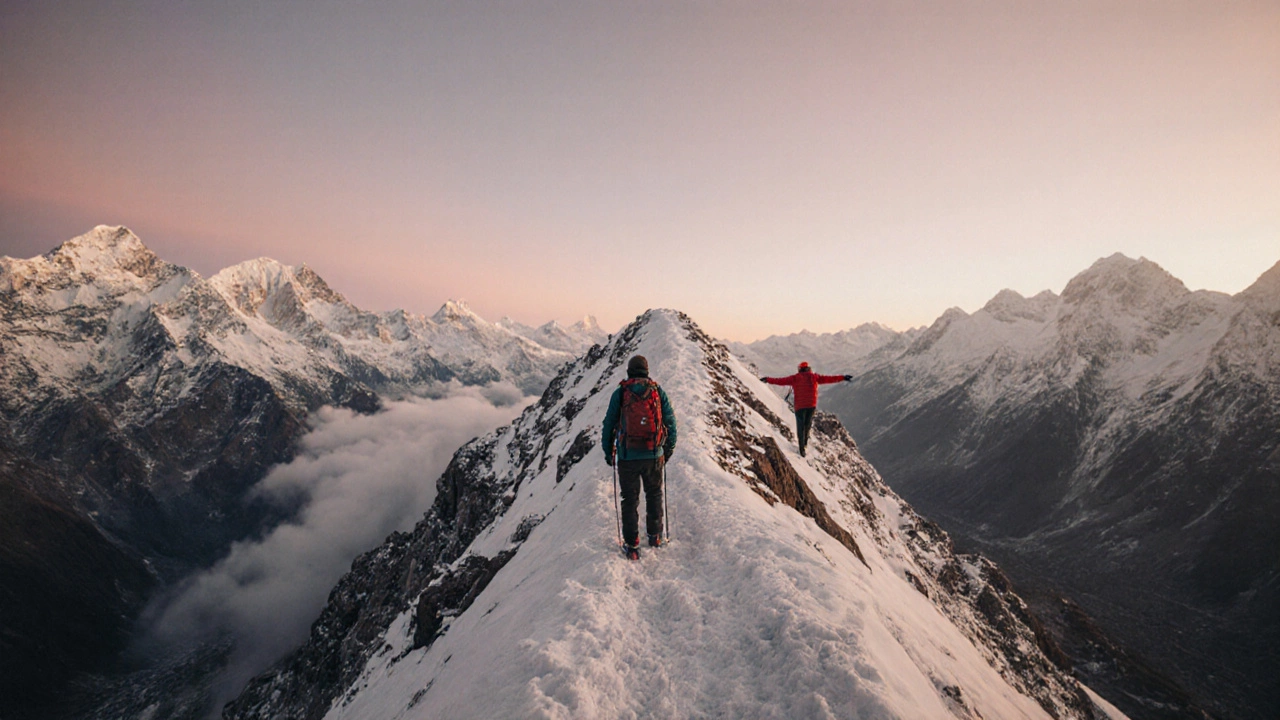Trek in India: Best Trails, Tips, and Hidden Gems
When you trek in India, a physical journey through rugged mountains, dense forests, and remote villages that connects you to nature and local culture. Also known as hiking in the Indian wilderness, it’s not just walking—it’s immersion. Unlike guided tours, trekking puts you on the ground, where the air thins, the silence is loud, and every step tells a story.
The Great Himalayan Trail, a 4,500-kilometer route stretching across India’s northern border, from Arunachal Pradesh to Uttarakhand is the longest and most demanding trek in the country. It’s not for beginners, but it’s where you’ll find the purest form of adventure—crossing high-altitude passes, sleeping in village homestays, and seeing snow peaks no camera can fully capture. Then there’s the Himalayan trekking, a broad category covering everything from day hikes near Manali to multi-week expeditions in Ladakh. These trails vary in difficulty, but all share one thing: they’re untouched by mass tourism. You won’t find crowds at the base of Roopkund or on the trail to Valley of Flowers—just quiet trails, local shepherds, and the occasional monastery bell.
Most people think trekking in India means the Himalayas, but that’s only half the story. The Western Ghats in Kerala and Karnataka offer lush, green treks through tea plantations and waterfalls. The Satpura Range in Madhya Pradesh hides ancient rock art and leopard tracks. Even the Aravalli Hills in Rajasthan have hidden trails that lead to forgotten forts. These aren’t on every travel blog, but they’re in the posts below—real routes, real experiences, from people who’ve been there.
What makes a good trek? It’s not gear. It’s timing. Monsoon season turns trails into mudslides. Winter freezes high passes. The best months? October to November, and March to May. You’ll need good shoes, a light rain jacket, and maybe a local guide—not because you can’t find the way, but because they know where the clean water springs are, which villages serve hot dal, and when the snow will start falling.
Some treks require permits. Others need acclimatization days. A few demand a guide by law. The posts below break it all down—no fluff, just what you need to know before you lace up. Whether you’re planning your first day hike or your longest expedition, you’ll find real advice here: what to pack, where to stay, how to avoid altitude sickness, and which trails are actually worth the effort.
